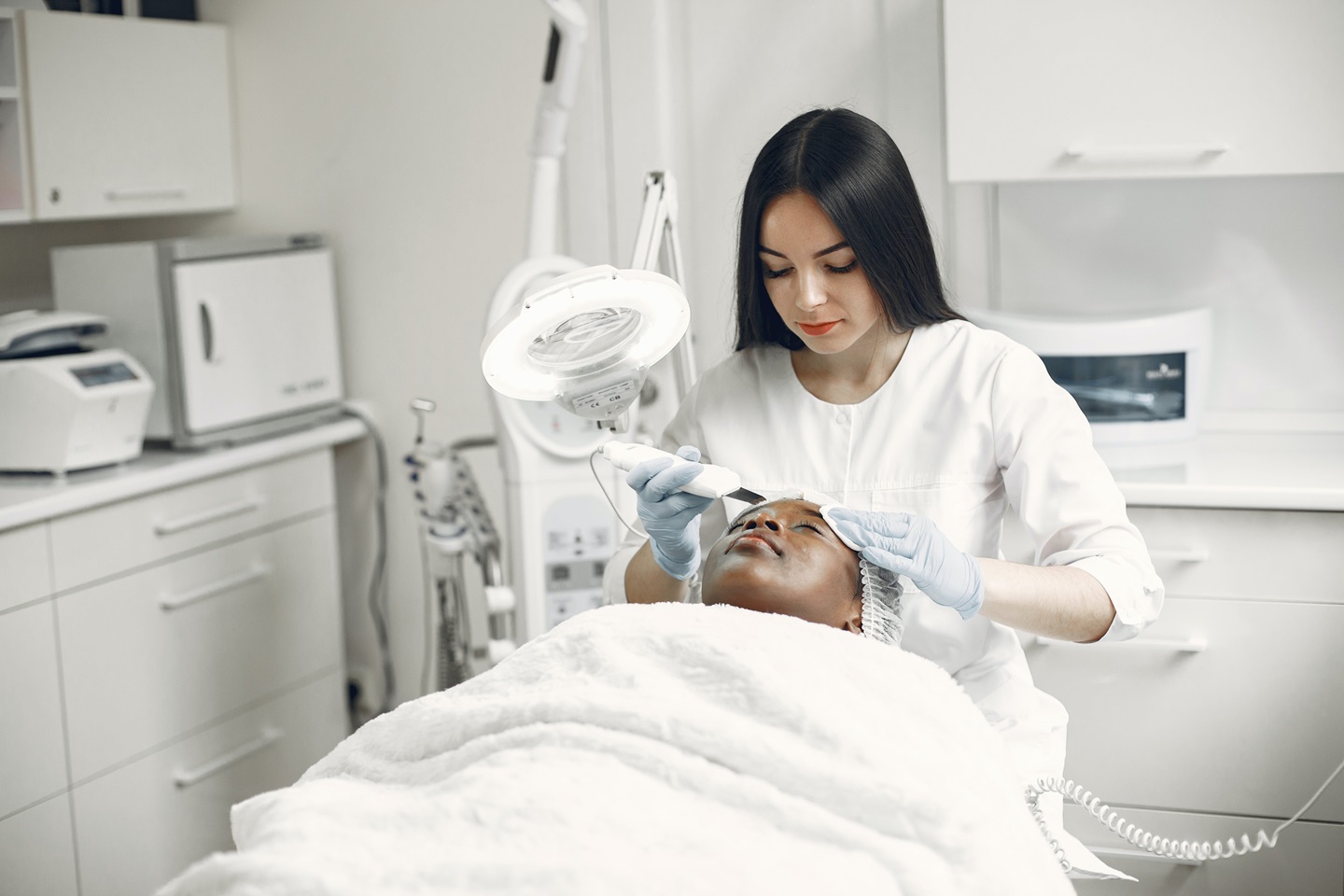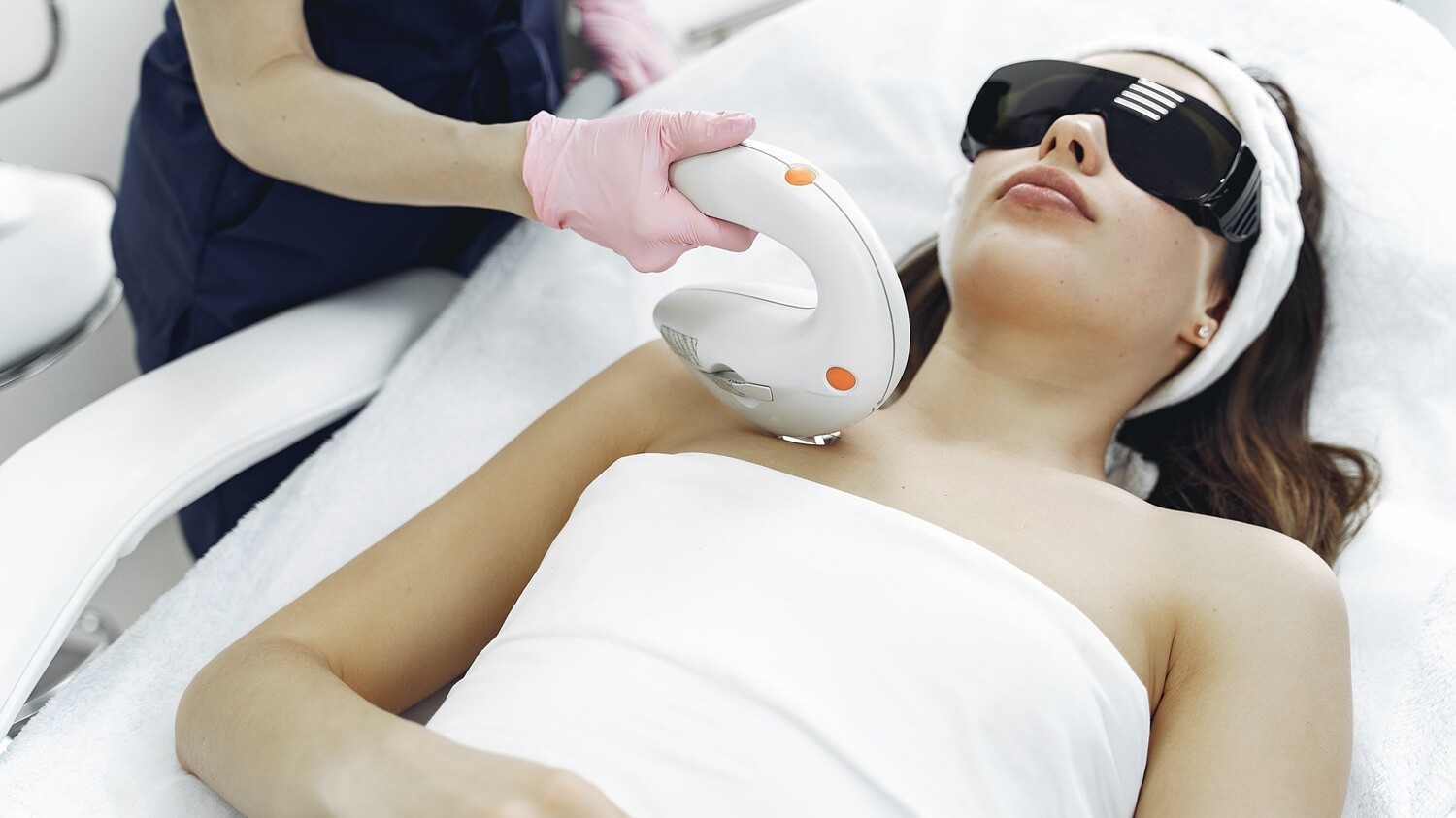
Aesthetics and hygiene – how glass defines modern spaces in aesthetic medicine?
Glass is becoming more and more popular when it comes to designing modern spaces for aesthetic medicine clinics. The minimalist design, brightness, and openness of the space are valued by both patients and medical staff, making glass a key element in defining modern medical offices.
The right choice of materials in aesthetic medicine is crucial for the hygiene and aesthetics of offices. Glass, as a material easy to disinfect, supports the maintenance of sanitary standards. Its transparency contributes to creating a modern, open environment that can positively affect the well-being of patients. Technologies like liquid crystal film allow for a balance between privacy and spaciousness, enhancing the functionality of the offices.
Modern design of your clinic
Glass in aesthetic medicine clinics can significantly influence clients perception. Its transparency and brightness create an impression of cleanliness and modernity, which can build customers’ trust. Transparent elements make the space appear larger and more open, potentially enhancing client comfort. Introducing liquid crystal film that allows for the adjustment of glass transparency on demand further enhances positive impressions, offering privacy when needed. Glass, as a symbol of cleanliness and elegance, can thus elevate the perceptual standards of the clinic, which is especially important in an industry focused on aesthetics and attention to detail.
Glass is widely used in the design elements of aesthetic medicine due to its elegance, versatility, and ability to create a sense of space and openness. In aesthetic clinics, it is often found in the form of transparent partition walls, doors, windows, and even furniture and shelves. This allows for the introduction of natural light and the visual enlargement of space, which can be soothing for patients and create an impression of luxury and cleanliness. Additionally, the use of glass with liquid crystal film allows for the alteration of transparency to ensure privacy. In modern design, glass is also used in combination with other materials, such as metal or wood, which can add warmth and texture while maintaining a clean and minimalist appearance.
Committing to the highest standards of hygiene and sterility
Glass is considered one of the most hygienic materials used in interior design, especially in a medical context, for several reasons:
- Non-porosity – Glass has a smooth, non-porous surface, meaning that bacteria and viruses have a lesser chance of adhering and thriving compared to more porous materials like wood or certain types of plastic.
- Ease of disinfection – The smooth surface of glass facilitates quick and effective cleaning and disinfection, which is crucial in medical environments. Glass can be safely cleaned with most disinfectants without the risk of damaging the surface.
- Chemical resistance – Glass is resistant to most chemicals, including strong disinfectants that can damage other materials.
- Non-reactivity – Glass is a chemically inert material, meaning it does not react with most substances, including medications or cleaning agents, eliminating the risk of cross-contamination.
- Durability – Glass is durable and resistant to scratches, which prevents the formation of microscopic cracks where microorganisms could accumulate.
- Transparency – Visual cleanliness control is easier – dirt, dust, or fingerprints are clearly visible on glass, which encourages more frequent and thorough cleaning.
For the above reasons, glass is often chosen in environments where hygiene is a priority, such as in aesthetic medicine clinics.
Natural light and its impact on well-being
Natural light in medical spaces enhances patient well-being, improves procedure precision, reduces energy costs, adds aesthetic appeal, and supports staff health. Its application can help create an environment that is both functional and user-friendly.
In medical spaces, glass is used to maximize natural light through partition walls and doors that allow light to pass through while maintaining privacy. Skylights bring in light from above, and large glass walls open up rooms to the outdoors, providing an abundance of natural lighting. Glass block partitions diffuse light while maintaining structural functions. Atria with glass roofs in medical centers allow deep penetration of light into the building, creating an open and welcoming environment.

Innovation in privacy – Liquid crystal film
Liquid crystal film, also known as PDLC (Polymer Dispersed Liquid Crystal), is a material that uses microscopic liquid crystals placed between two layers of conductive film. At rest, these crystals are randomly arranged, scattering light and making the film opaque. However, when an electric voltage is applied to the film, the liquid crystals align into regular structures, becoming transparent and allowing light to pass through more easily.
This change in configuration allows for control over the degree of transparency of the film – from complete clarity to full opacity. This technology is used in spaces where there is a need to regulate privacy, such as in medical offices or workplaces, and also in modern interior design solutions, where it adds a dynamic and interactive element to fixed components like walls or doors.
Liquid crystal film in aesthetic medicine clinics – benefits
- Privacy on demand – Allows for the rapid change of transparency in glass surfaces, providing patient privacy during procedures or consultations without the need for physical curtains.
- Aesthetics and functionality – Adds a modern look to the space, combining the elegance of glass with the ability to regulate its transparency. This impacts the overall appearance of the clinic, making it more attractive and technologically advanced.
- Ease of use – Controlling the liquid crystal film is simple and can be operated remotely, facilitating space management without disrupting staff workflow or patient comfort.
These advantages make liquid crystal film a valued addition to medical interior design projects, especially in areas where privacy and aesthetics play a central role.
The use of glass and liquid crystal film in aesthetic medicine combines hygiene and modern design, improving the aesthetics and functionality of clinics. Such solutions allow for privacy on demand and are easy to operate, contributing to greater patient comfort and staff efficiency. Investing in glass and liquid crystal technologies represents a step towards a futuristic, innovative medical space.
One of the interesting examples of liquid crystal film application is Grand House Spa in Kraków. Click here to see SONTE film in action!
See more
Safety and hygiene
Hygiene during the pandemic – how to keep the office clean?
Considering liquid crystal film for your company? Today's article highlights its key benefits to alleviate any doubts! Enjoy on-demand privacy!
Unusual spaces ,Intelligent solutions
Luxury on the water – Using SONTE film on yachts
SONTE film is an innovative solution for yachts, offering instant privacy, protection from sun and UV radiation, and enhancing the prestige of your vessel. Learn more about installing SONTE film on new and existing glass surfaces.
Modern office ,Innovative house
Retro-fit – how to install SONTE film without the need for complex renovations?
Discover how to install SONTE film without complex renovations - Your guide to the technology transforming light and privacy in homes and offices. Learn about energy efficiency, privacy control, easy smart home integration, and a straightforward installation process. SONTE film is the future of comfortable and efficient living.